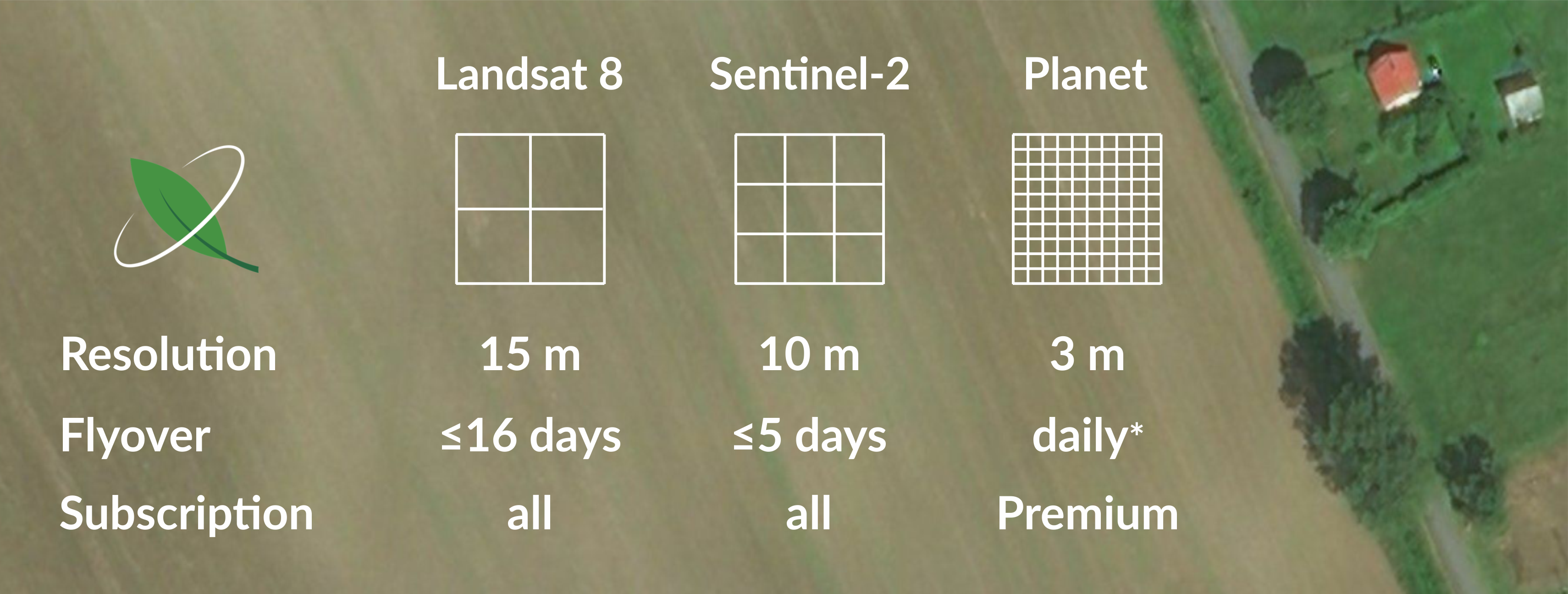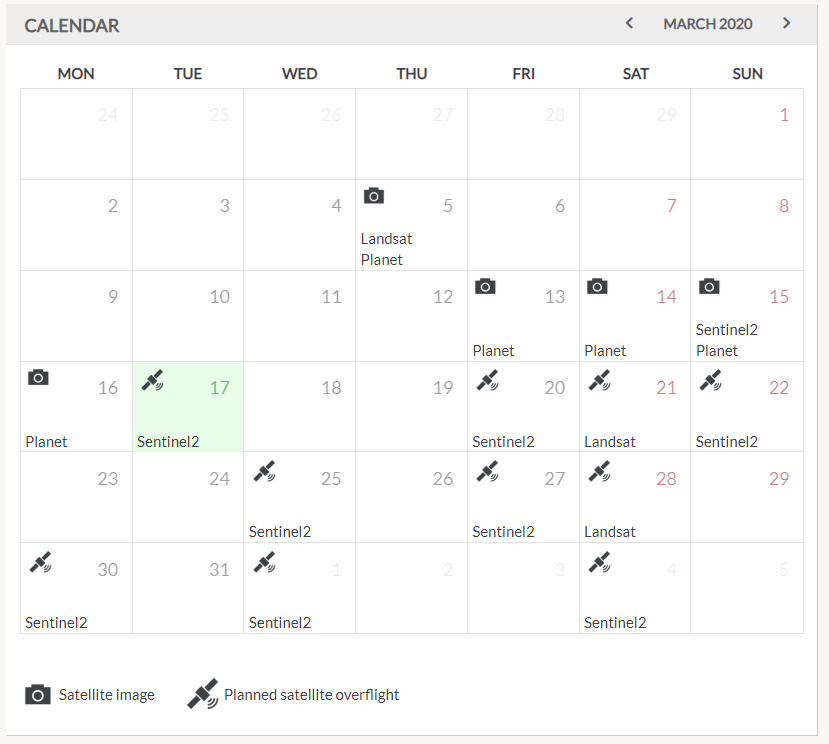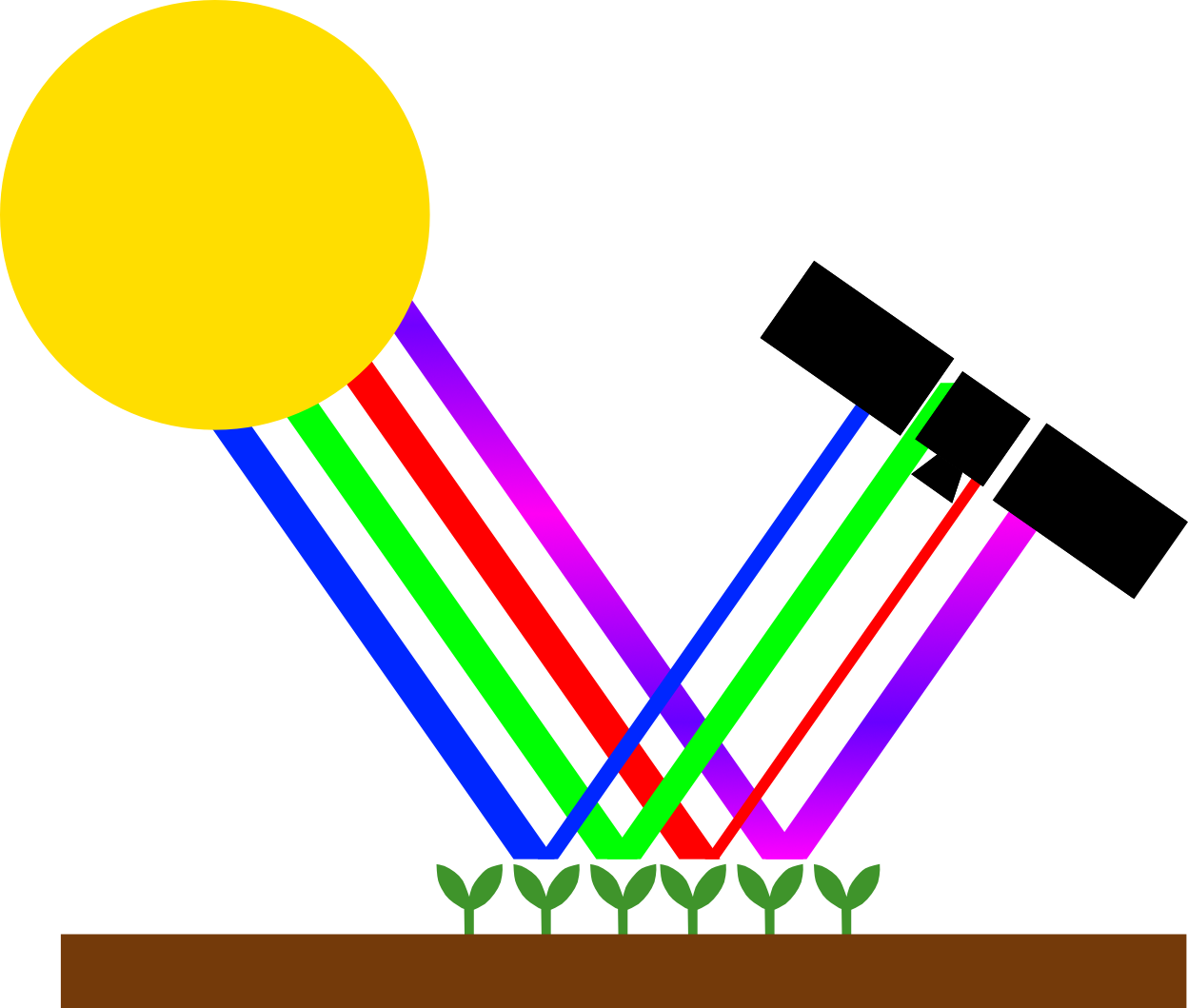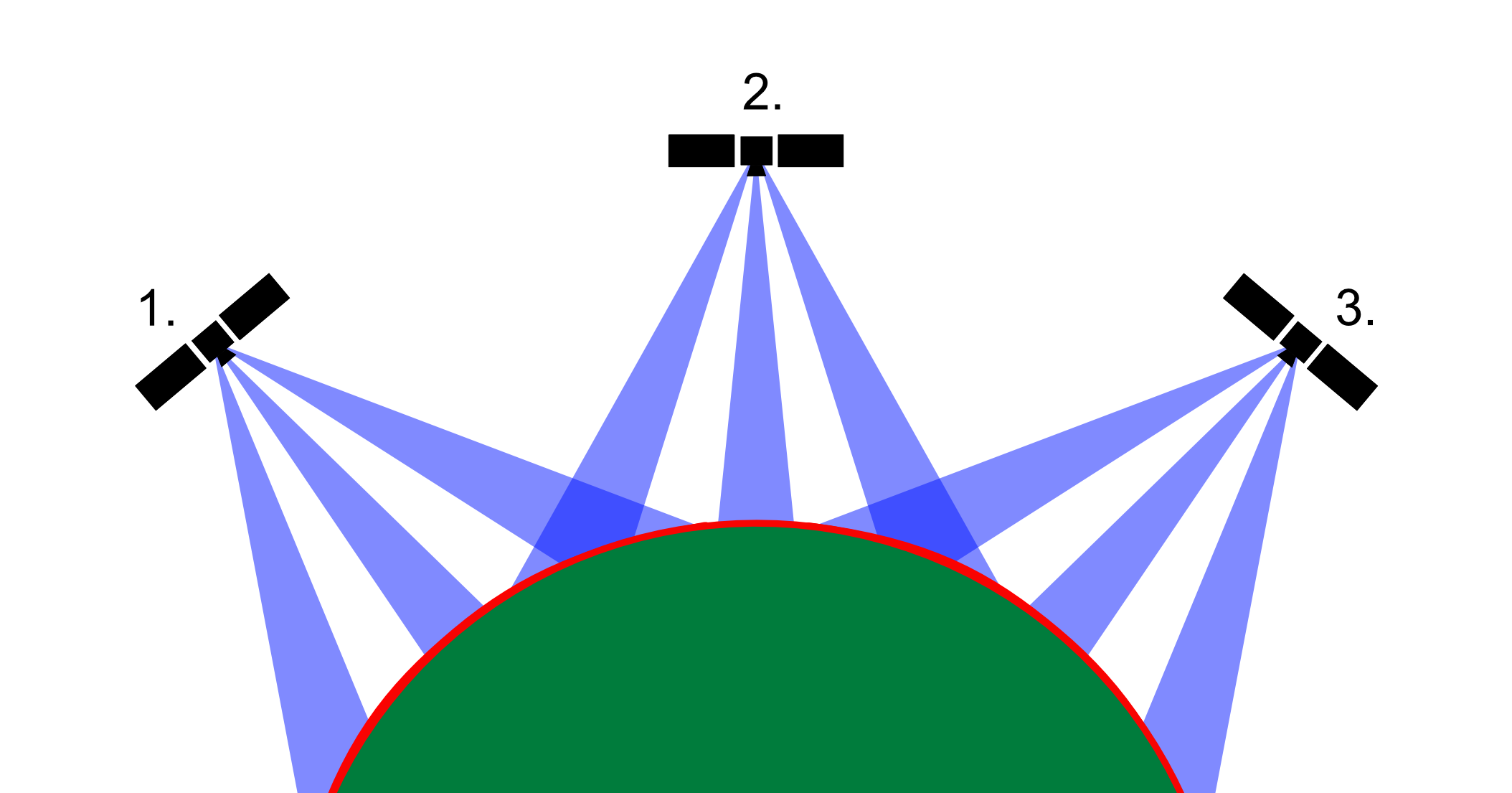Satellites – what satellites are available in SatAgro?

SatAgro aims to make satellite data accessible to all – we develop processing chains for a variety of satellites, transform and process the data as it becomes available and deliver the resulting images, cropped to your fields, to your account. You can see the images in the Explorer tab. A peak behind the scenes: at SatAgro we call these field images “cookies”. The satellite images that can be viewed in SatAgro come from a number of public and private satellites. Satellites available in SatAgro Landsat 8 – launched by NASA and the United States Geological Survey (USGS) in 2013, the satellite…




